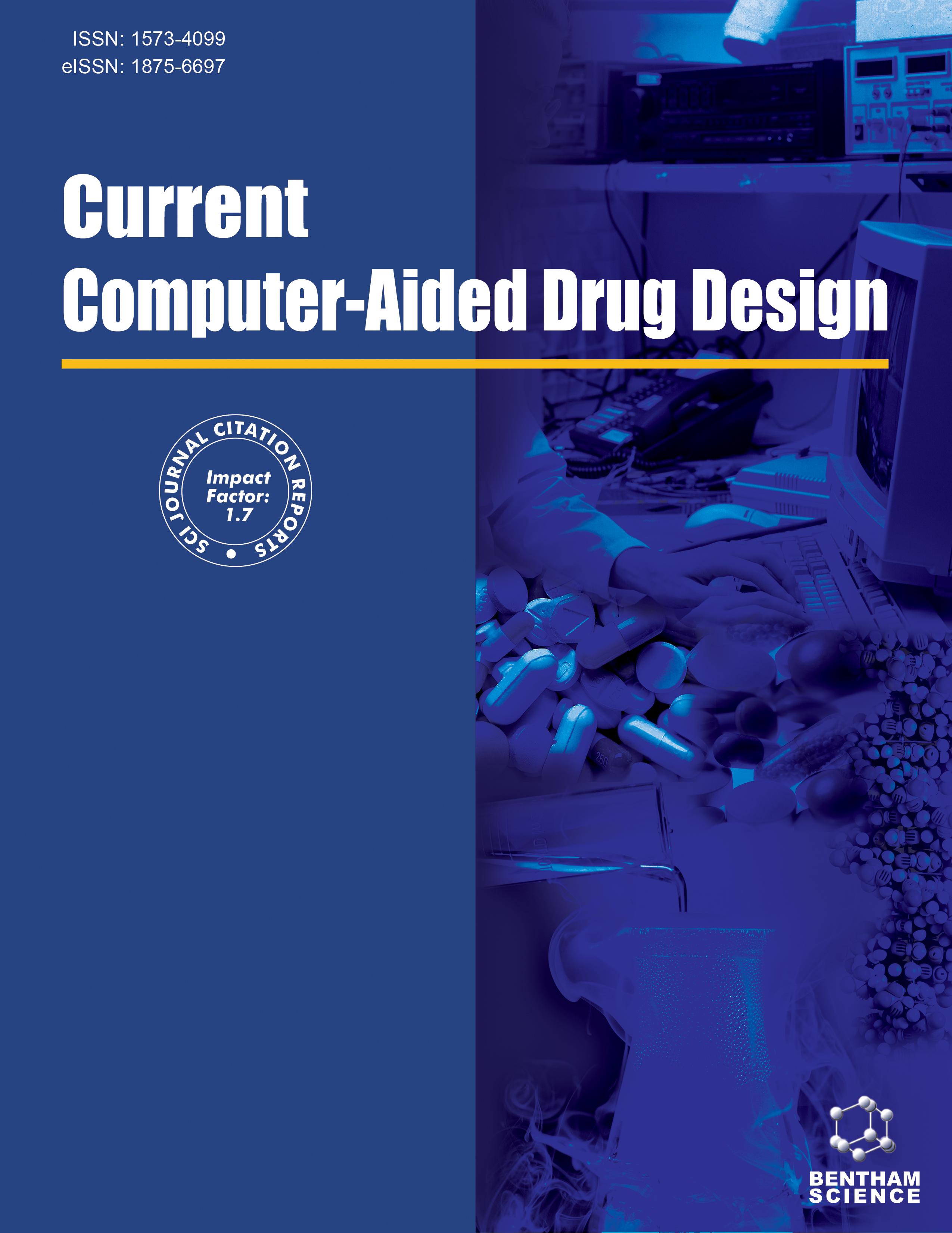-
oa Molecular Mechanism Analysis of the Effect of Hederagenin Combined with L-OHP on Chemosensitivity of AGS/L-OHP based on Network Pharmacology
- Source: Current Computer - Aided Drug Design, Volume 21, Issue 5, Aug 2025, p. 587 - 598
-
- 20 Jul 2023
- 19 Dec 2023
- 11 Jan 2024
Abstract
This study aimed to evaluate the pharmacological mechanism of Hederagenin (HD) combined with oxaliplatin (L-OHP) in treating gastric cancer (GC) through network pharmacology combined with experimental verification.
Network pharmacology methods were used to screen potential targets for HD, L-OHP, and GC-related targets from public databases, and the intersection of the three gene sets was taken. Cross genes were analyzed through protein-protein interaction (PPI) networks to predict core targets, and related pathways were predicted through GO and KEGG enrichment analysis. The experimental results were verified by the in vitro experiments. HD was applied on AGS/L-OHP cells, and then cellular chemosensitivity and the expressions of P-gp, Survivin, Bcl-2, p-Akt, and p-PI3K genes were detected. Wound assay and Transwell Chamber assay were employed to detect the effect of HD on AGS/L-OHP cells. Nude mice xenograft models transfected using AGS/L-OHP cells were also treated with HD in order to verify the results. The size and weight of the tumor, as well as the expressions of P-gp, Survivin, Bcl-2, p-Akt and p-PI3K genes, were also measured.
KEGG analysis showed that the anti-gastric cancer effect of HD was mediated mainly by PI3K-Akt signaling pathways. The PI3K-Akt signaling pathway containing more enriched genes may play a greater role in anti-gastric cancer. It was observed that for AGS/L-OHP cells jointly treated with HD and L-OHP, their activity, migration and invasion were significantly lower than those treated only using HD or L-OHP group. Moreover, expressions of p-Akt, p-PI3K, Bcl-2, P-gp, and Survivin for the HD+L-OHP group decreased significantly. Results of the in vivo experiments showed that the sizes and weights of tumors in the HD+L-OHP group were the lowest compared to the HD group and L-OHP group.
Our findings suggest that HD may reduce the resistance of AGS/L-OHP cells to L-OHP by regulating the PI3K/Akt signaling pathway.


